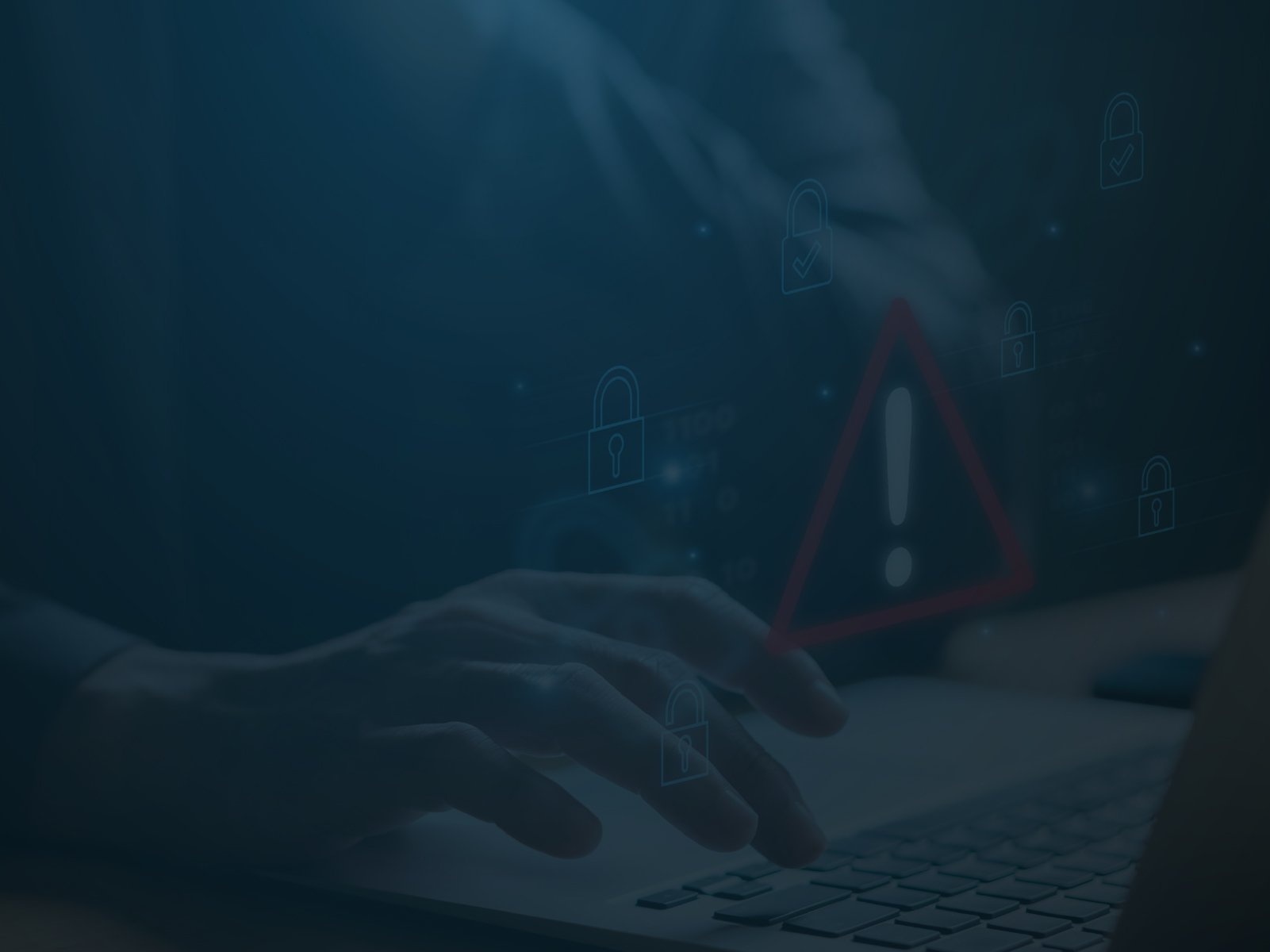Since the onset of the pandemic, a business world that once only toyed with the idea of digital transformation has made a wide-scale transition in that direction. Companies of various sizes are now fully digital and highly dependent on mobility and the cloud. But with this change, organizational assets and sensitive data are scattered across every corner of enterprise IT systems. New and unknown vulnerabilities require us to make a change in how we look at security.
The zero trust approach is a highly vigilant cybersecurity methodology that constantly authenticates and verifies all users or devices entering a network. The zero trust model brings ample benefits to your business and provides rigorous security to your enterprise data in this highly volatile digital landscape. These are the three foundational features of zero trust architecture which enable advanced threat protection to corporate networks.
Termination of Open Connections
Traditional technologies like firewalls follow a passthrough approach to inspecting traffic. Zero trust terminates every connection and verifies all traffic, including encryptions, through an inline proxy architecture in real time.
Employing Granular, Context-Based Policies
Under zero trust policies, access requests and rights are handled based on context while considering the device, location, user identity, content, and the requested application. Adaptive policies continually reassess and conduct context changes for user access privileges.
Reducing the Attack Surface
ZTNA (zero trust network access) allows users to interact directly with apps and resources – not with the networks. This direct connection eradicates the risk of lateral movement and prevents unmanaged devices from contaminating critical resources.
Zero Trust Architecture Benefits
You can learn the answers to many common questions about ZTNA in this resource. In the sections that follow, we describe five benefits of the zero trust approach that can help modern businesses remain secure and make the most out of their digital resources.
1. Minimize risk
A zero trust security framework does not allow any application or service to interact until they are verified by their identity traits and immutable attributes that satisfy predefined trust principles like authentication and authorization.
Ultimately, zero trust reduces risk by recognizing all assets on the network and how they are communicating. Moreover, the zero trust strategy reduces threats by eliminating over provisioned software and services and constantly inspecting the “credentials” of every communicating asset within the network.
2. Control cloud and container access
Moving to the cloud can create challenges in the areas of access management and loss of visibility. Although effective cloud service providers (CSPs) are available on the market, security remains a shared responsibility – and there is only so much you can do within the CSP's cloud environment.
In a zero trust security framework, policies are applied in context with the identity of communicating workloads, while protection remains constant even as the environment changes. By this, security remains as close as possible to the assets which need to be secured and unaltered by network constructs such as ports, protocols, and IP addresses.
3. Reduce chances of a data breach
The average cost of a data breach in 2021 was $4.24 million,1 which increased by 10% in just one year. Since zero trust follows the principle of least privilege, everything which tries to access the network is assumed hostile. Therefore, before “trust” is granted, every request is inspected, users, entities, and devices are thoroughly authenticated, and permissions are assessed.
Without trust, any malicious entity who gains access to the network or cloud through any vulnerability won't be able to see or steal your data. Trust is continually reassessed even with the changing context, such as location or accessed data. Moreover, the zero trust model divides the network into different segments so that attackers cannot move laterally by any means.
4. Maintain compliance
Zero trust protects all network users and workloads from threats originating from the internet. This ability to mask the network helps businesses remain compliant with specific privacy standards and regulations such as PCI DSS or NIST 800-207.
Implementing zero trust helps create micro segmentations, allowing you to establish perimeters around sensitive data such as payment card information and enterprise and customer data backup. Compared to other network architectures, zero trust micro segmentations provide better visibility during audits or in case of a data breach.
5. Enable secure modernization
Zero trust enables secure digital transformation and safely links applications, devices, and users using robust business policies over and across networks. Zero trust has an environment-agnostic approach toward security. It safeguards services and applications without the need for any architectural change or policy updates, even if they communicate across widespread network environments and clouds. This allows businesses to make optimal use of the cloud and their data and develop smart ways to expand digital resources.
The Time to Implement Zero Trust Architecture Is Now
With the motto “safe for you and us,” Safous maintains that cybersecurity should be a top priority for digital well-being. Zero trust is sure to serve as a highly rewarding cybersecurity tool for businesses that are leveraging the cloud to deal with data and applications.
If you are interested in knowing what zero trust offers, what features it incorporates, and how you can implement it, check out our latest white paper on zero trust architecture benefits. If you're ready to learn more about Safous' ZTNA function, schedule a demo today.
Sources cited:
Receive the latest news, events, webcasts and special offers!
Share this
You May Also Like
These Related Stories

Checklist: Are You Taking the Right Approach to Zero Trust Security?
.png)
Flyer: ZTNA: What It Is, and Why Your Organization Needs It


